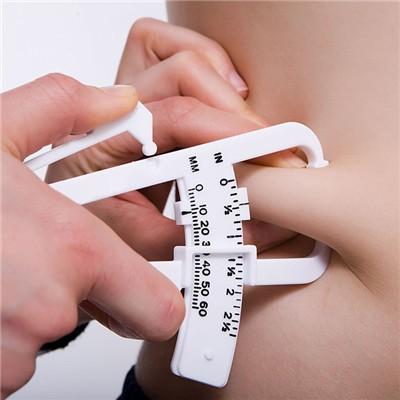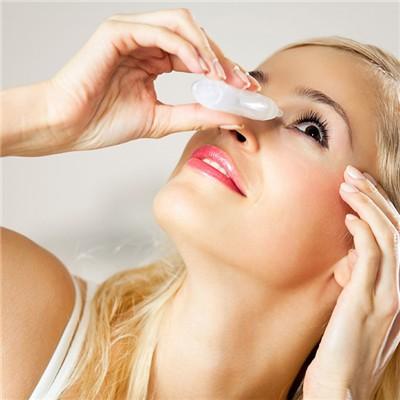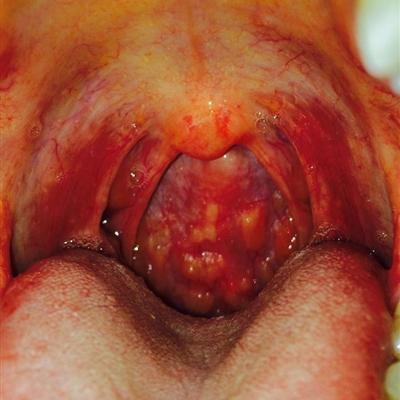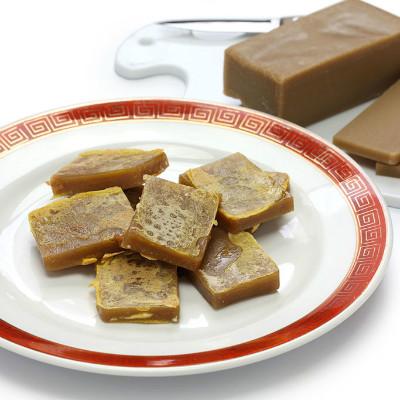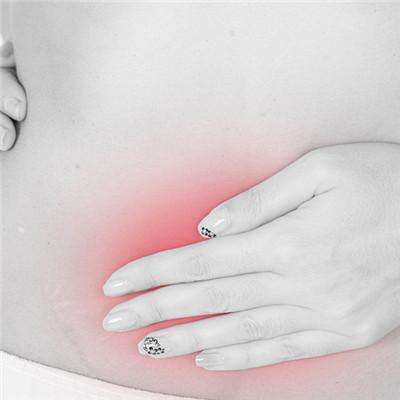How to nurse after tracheotomy
summary
Some patients who have had tracheotomy will feel a lot weaker, but as long as the postoperative care is good, they can still be as strong as before. Now I'll give you some popular science about how to care after tracheotomy.
How to nurse after tracheotomy
First, the patients were placed in a quiet, clean and fresh room with room temperature at 21 ℃ and humidity at 60%. The trachea cuff was covered with 2-4 layers of warm and wet gauze. The room was often watered or humidifier was used to disinfect the indoor air with ultraviolet rays. At the beginning of the operation, patients usually take lateral position to facilitate the discharge of endotracheal secretions. However, it is necessary to rotate the body position frequently to prevent bedsore and prevent the respiratory movement of various parts of the lung from stagnation.

Second: prepare all first aid drugs and articles, and some articles should be placed at the head of the bed. The same number of tracheal cannula, tracheal dilator, surgical scissors, hemostatic forceps, dressing changing appliances and dressings, normal saline and saturated sodium bicarbonate solution, urethral catheterization bag, aspirator, oxidation tube, ventilator, flashlight, etc. should be prepared and properly stored in case of urgent need.

Third: beware of obstruction caused by endotracheal tube: the first cause of obstruction is the slippage and blockage of the air bag, and the second is the obstruction caused by secretion sticking into scabs. In case of sudden dyspnea, cyanosis, and restlessness of the patient, the cuff and air bag should be taken out for examination immediately. In order to prevent the slippage of the air bag, we should firmly tie the air bag, lead the thread out of the tracheotomy wound, often check whether it is firm, and remove the scab in time. In addition, when the catheter is replaced for cleaning and disinfection, the cotton ball sliver is prevented from being left in the catheter.
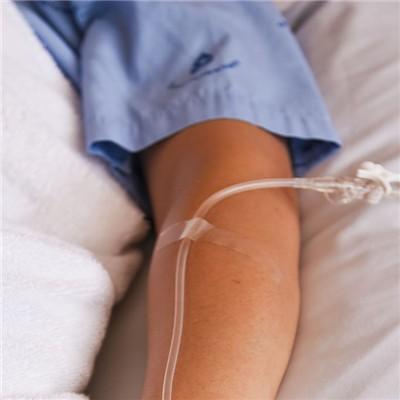
matters needing attention
These are the methods of nursing after tracheotomy, I hope more people can know how to care for patients after surgery, so that patients can better participate in daily life.
